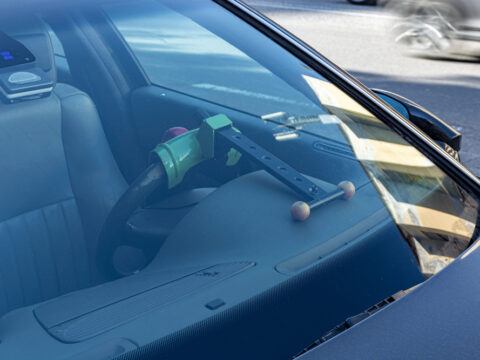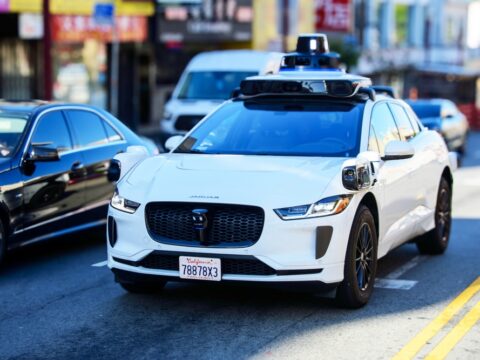Autonomous vehicles promise a future of safer, more efficient transportation, but they’re not without their challenges. As this technology continues to evolve, several flaws in these systems have come to light. In this article, we’ll explore the 15 biggest issues currently facing autonomous vehicle systems, highlighting areas that still need improvement to ensure these cars can safely navigate our roads.
Contents
Sensor Limitations
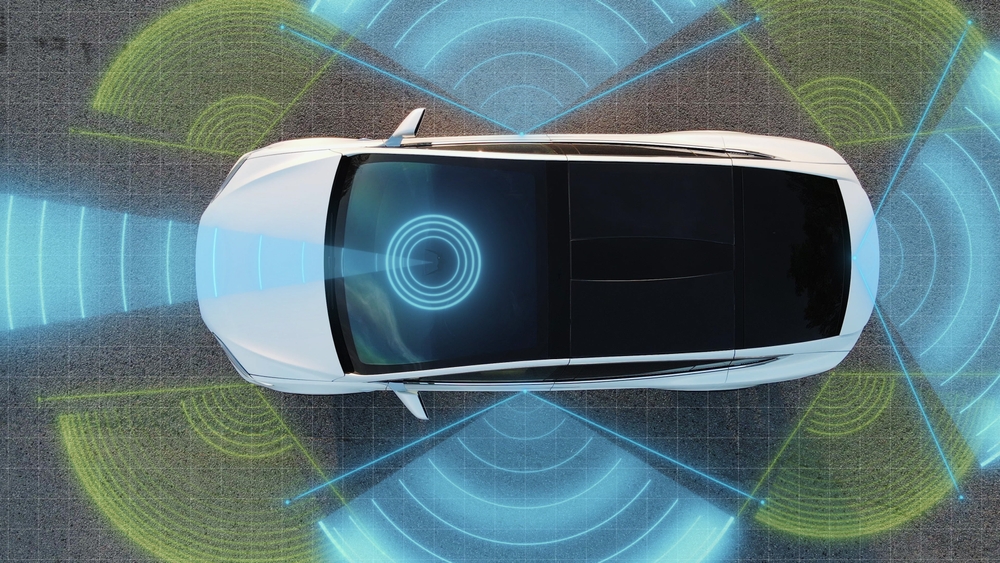
Autonomous vehicles rely heavily on sensors like LiDAR, radar, and cameras to perceive their environment. However, these sensors have limitations in accurately detecting and interpreting the surroundings, especially in complex scenarios like heavy traffic or dynamic environments. LiDAR, for example, may struggle with reflective surfaces, while cameras can be hindered by glare or low-light conditions, leading to potential misinterpretations and unsafe decisions.
Adverse Weather Performance
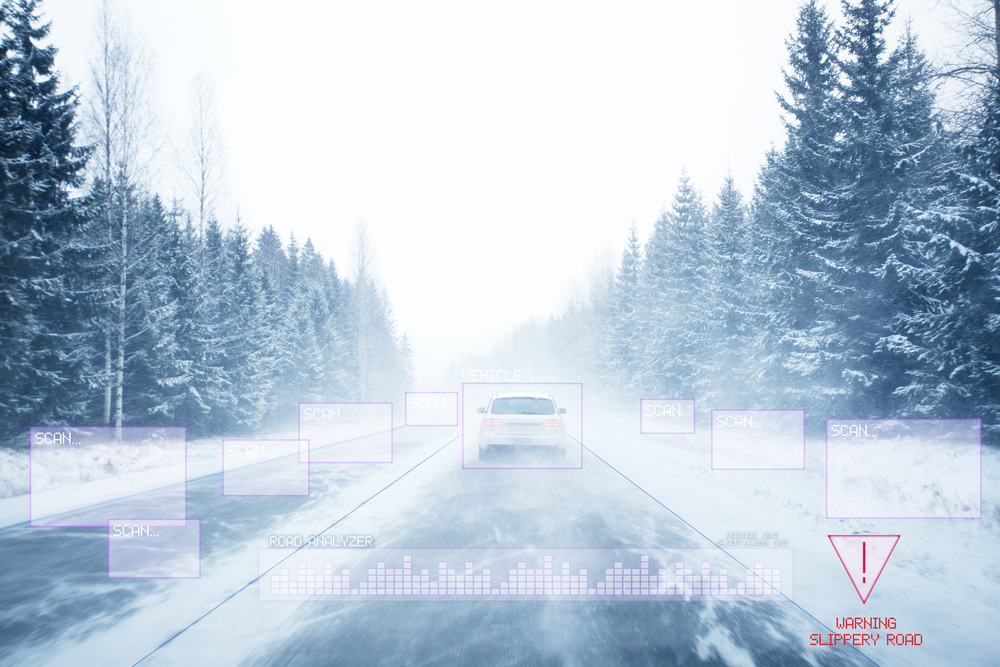
Autonomous vehicles face significant challenges in reliably operating during adverse weather conditions such as rain, snow, or fog. These conditions can obscure the sensors, cause errors in perception, and reduce the effectiveness of critical systems like lane detection. Snow can cover road markings, and fog can obscure obstacles, leading to compromised performance and potential safety risks.
Inadequate Mapping
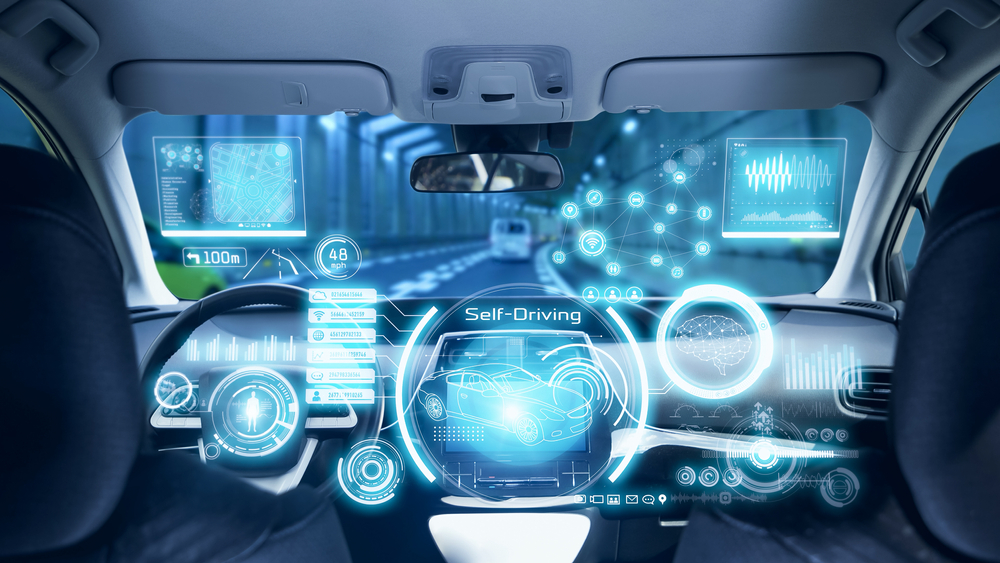
Many autonomous vehicles rely on high-definition maps to navigate, which must be frequently updated to reflect changes in the environment. However, these maps may not always be current or available for all areas, leading to inaccuracies in navigation and difficulties in interpreting the surrounding environment. This reliance on pre-existing data limits the vehicle’s ability to adapt to dynamic changes, such as new construction or temporary road closures.
Vulnerabilities to Cyberattacks
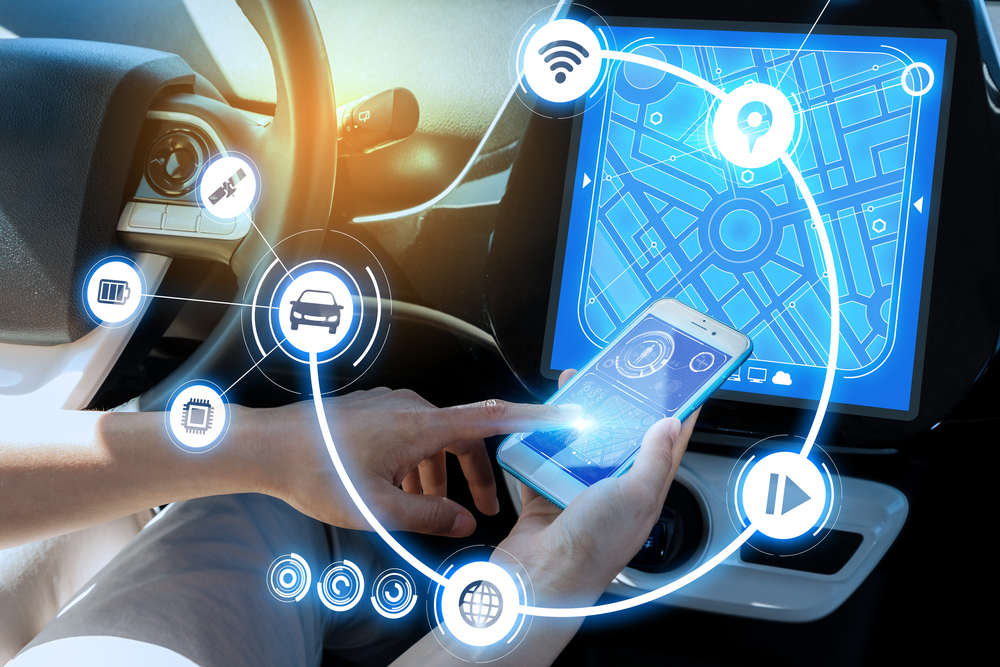
Autonomous vehicles are highly susceptible to cyberattacks, which can lead to unauthorized control or data breaches. Hackers could exploit vulnerabilities in the vehicle’s software or communication systems, potentially causing disruptions, accidents, or the theft of sensitive data. Ensuring robust cybersecurity measures is critical to prevent these threats, but the complexity of these systems makes them challenging to fully secure.
Decision-Making in Unpredictable Situations
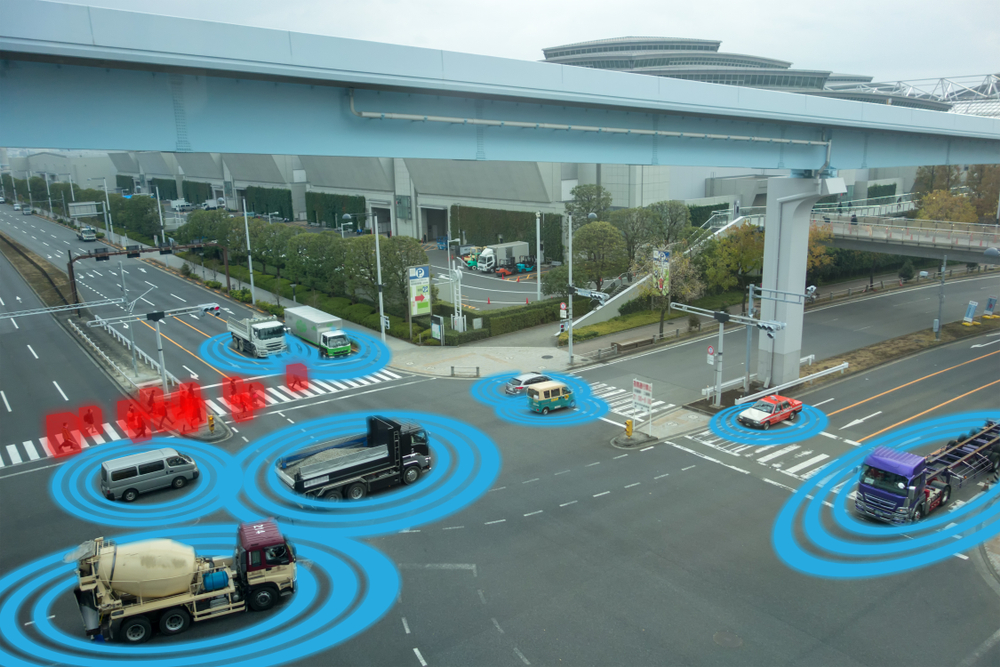
Autonomous vehicles often struggle to make decisions in unpredictable situations, such as when other road users behave erratically. These vehicles rely on algorithms trained on vast amounts of data, but they may not always accurately predict human behavior or respond appropriately to unusual circumstances, increasing the risk of accidents.
Pedestrian and Cyclist Detection
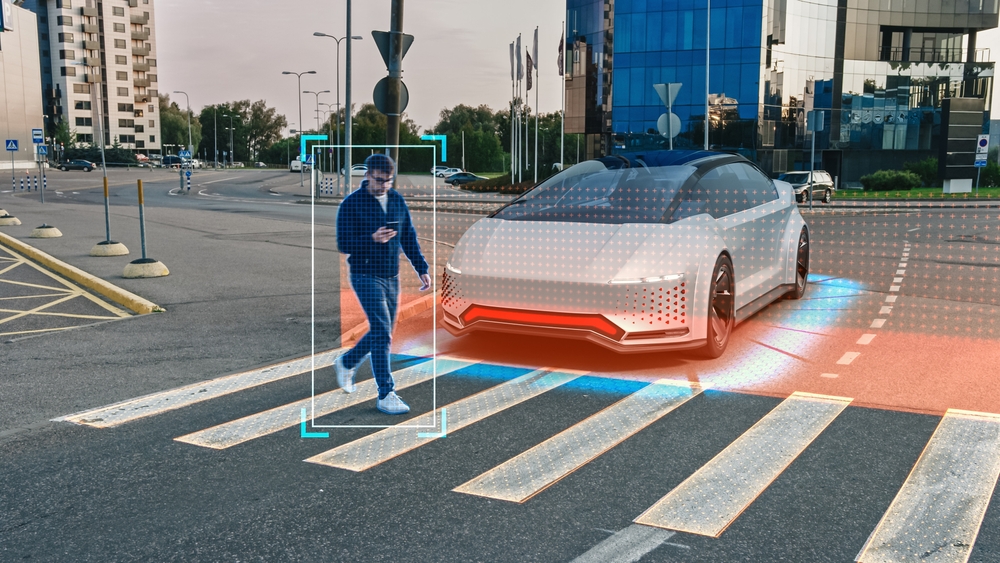
Detecting and predicting the movements of pedestrians and cyclists remains a significant challenge for autonomous vehicles. These road users often exhibit unpredictable behavior, such as sudden stops or changes in direction. The complexity of accurately identifying and reacting to their movements can lead to delayed or inappropriate responses, posing safety risks.
Complex Urban Environments
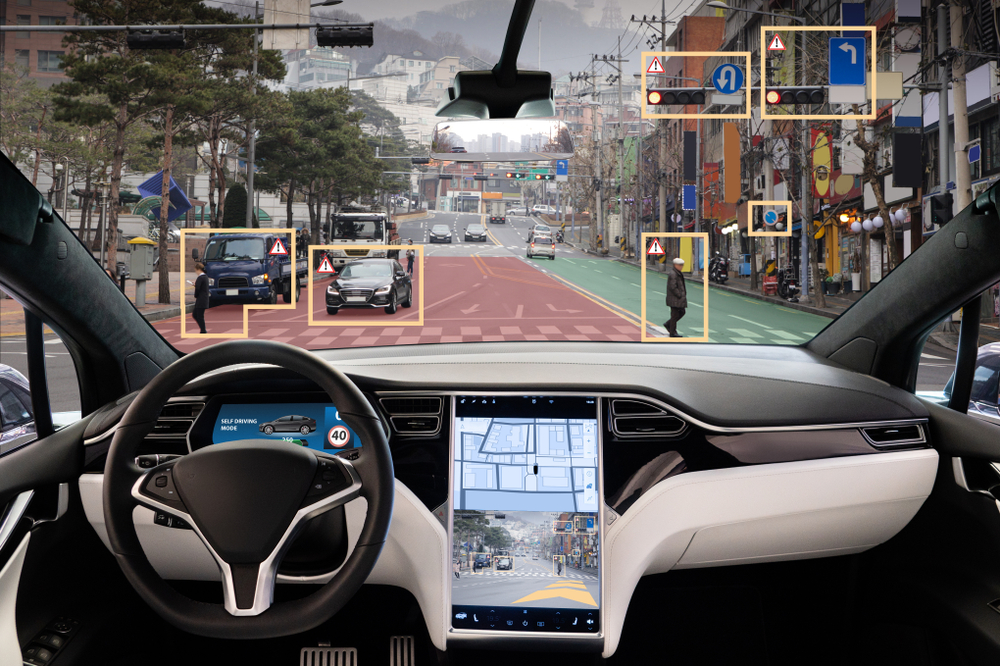
Navigating complex urban environments presents a formidable challenge for autonomous vehicles. These areas are often characterized by heavy traffic, numerous intersections, and the presence of pedestrians, cyclists, and various obstacles. The multitude of variables in such environments can overwhelm the vehicle’s systems, leading to errors or inefficiencies in navigation and decision-making.
Interference from External Signals
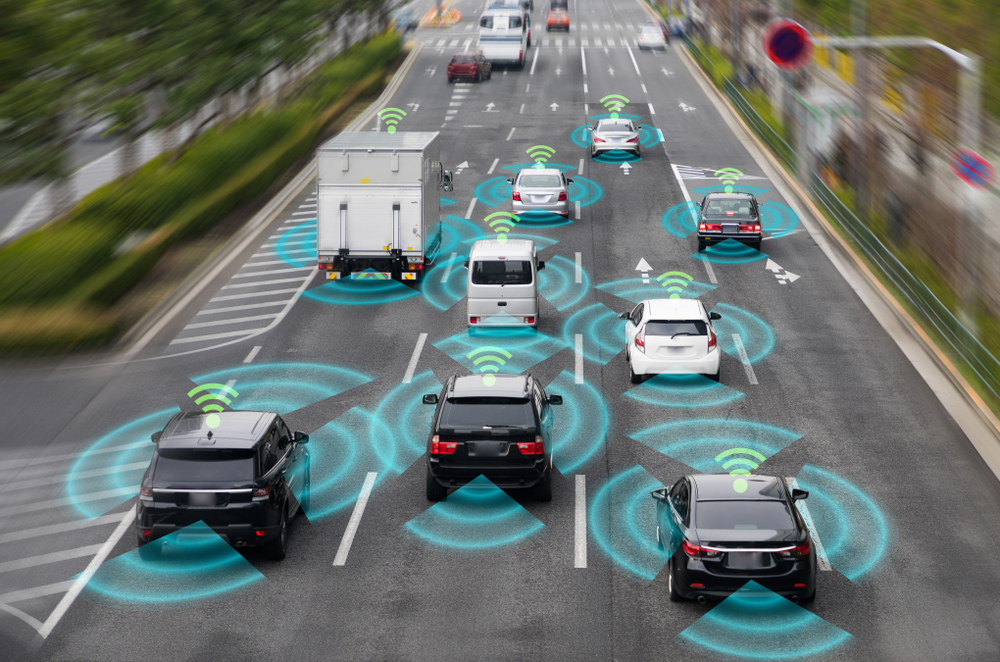
Autonomous vehicles rely on GPS and other communication systems to navigate and function. However, these signals can be disrupted by external interference, such as GPS jamming or spoofing. Such disruptions can cause the vehicle to lose its positioning or receive incorrect information, leading to navigation errors or even potential accidents.
Ethical Dilemmas
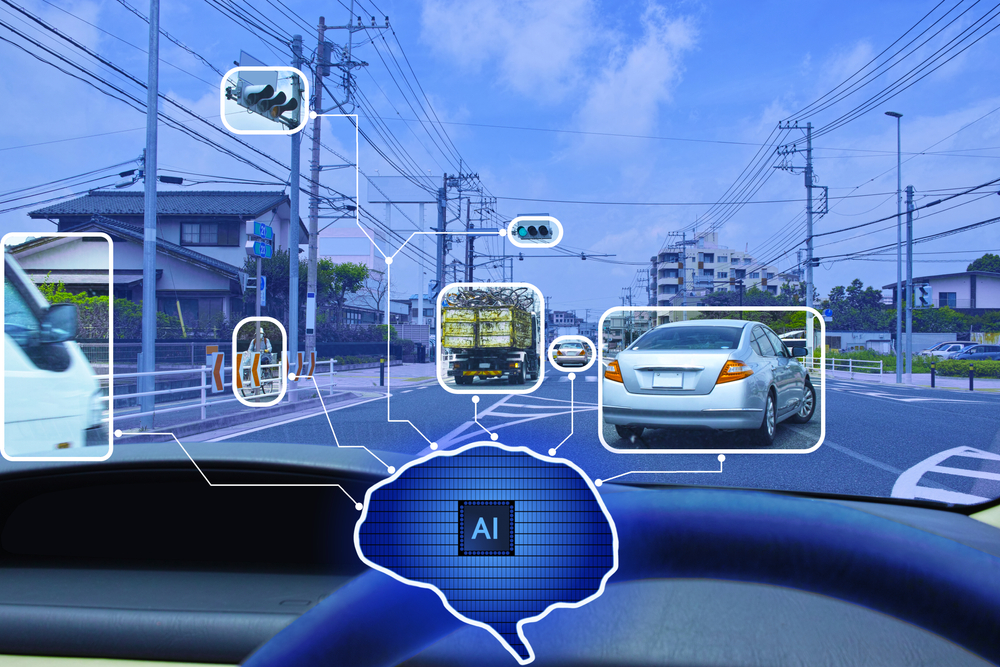
Autonomous vehicles face ethical dilemmas in scenarios where harm is unavoidable, such as in potential collision situations where the vehicle must decide whom or what to prioritize. Programming these decisions raises complex moral questions and challenges, as different cultures and legal systems may have varying views on what constitutes the “right” decision.
Limited Understanding of Human Intent
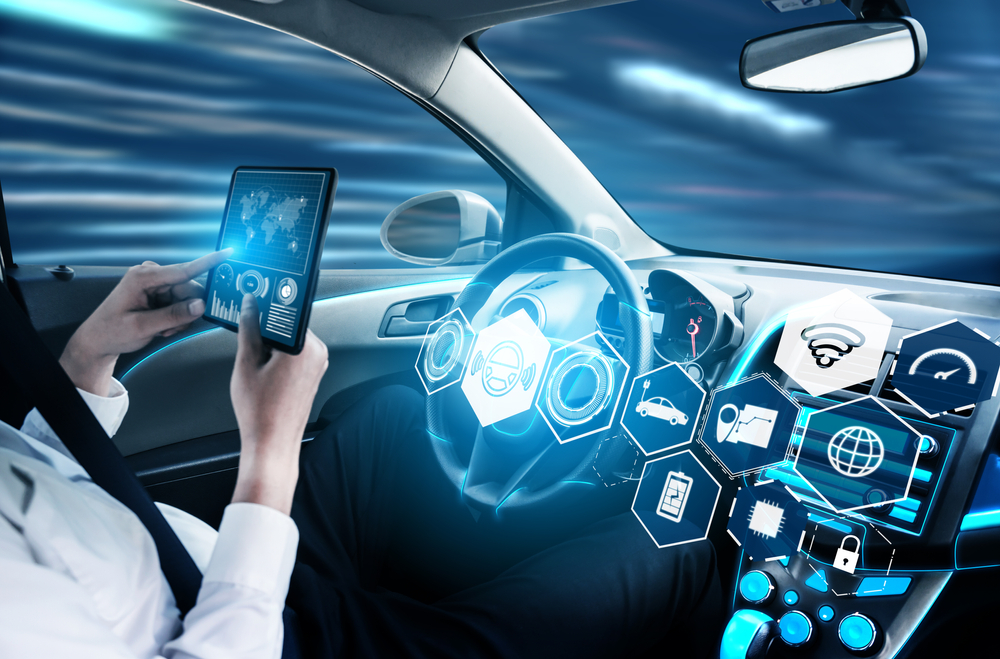
Autonomous vehicles often struggle to interpret informal human communication, such as gestures, eye contact, or body language. This limitation hinders the vehicle’s ability to predict the intentions of pedestrians, cyclists, or other drivers, which can lead to misunderstandings and potential accidents.
Infrastructure Dependency
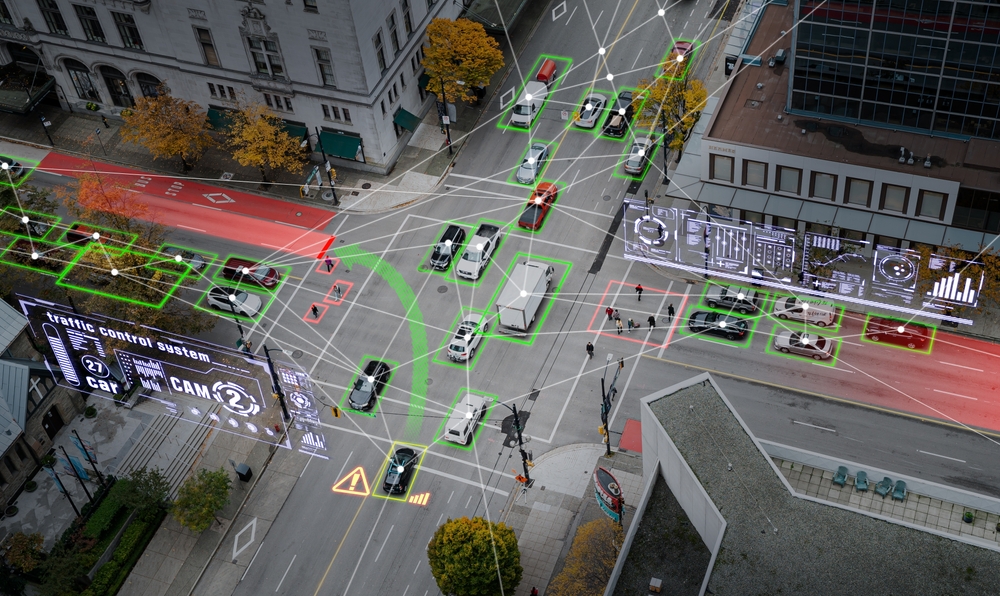
Autonomous vehicles rely on well-maintained infrastructure, such as clear road markings, signs, and signals, to operate safely. In areas where infrastructure is absent, outdated, or degraded, these vehicles may struggle to navigate, potentially leading to unsafe conditions or an inability to function.
High Costs
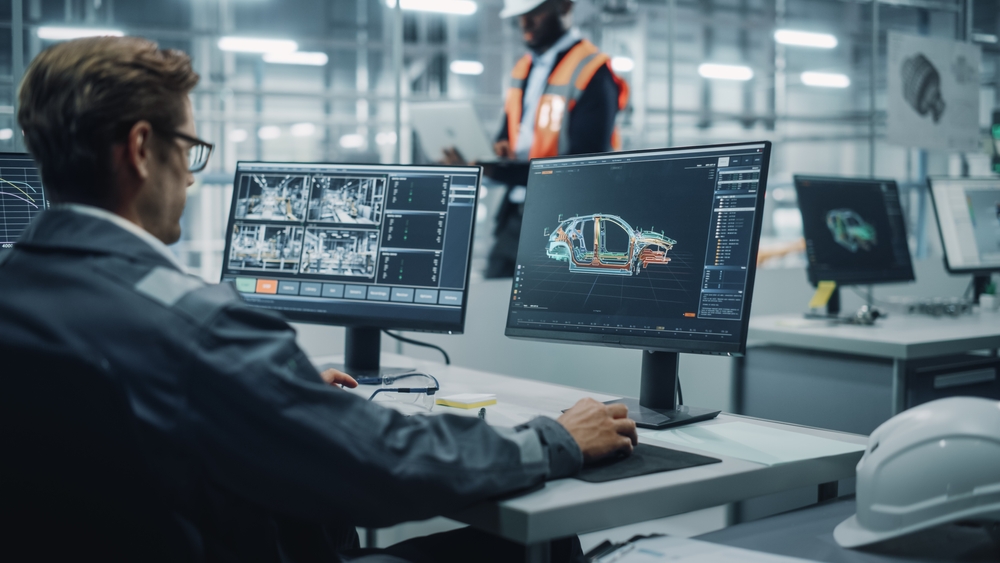
The advanced sensors, computing systems, and software required for autonomous vehicles are expensive, driving up the overall cost of these vehicles. This high cost can limit accessibility and adoption, making it challenging for the technology to become widespread.
Regulatory Hurdles

The lack of standardized regulations across regions is a significant barrier to the widespread deployment of autonomous vehicles. Different countries and even states have varying laws and guidelines, creating a fragmented regulatory landscape that complicates the development, testing, and deployment of these vehicles.
Data Privacy Concerns
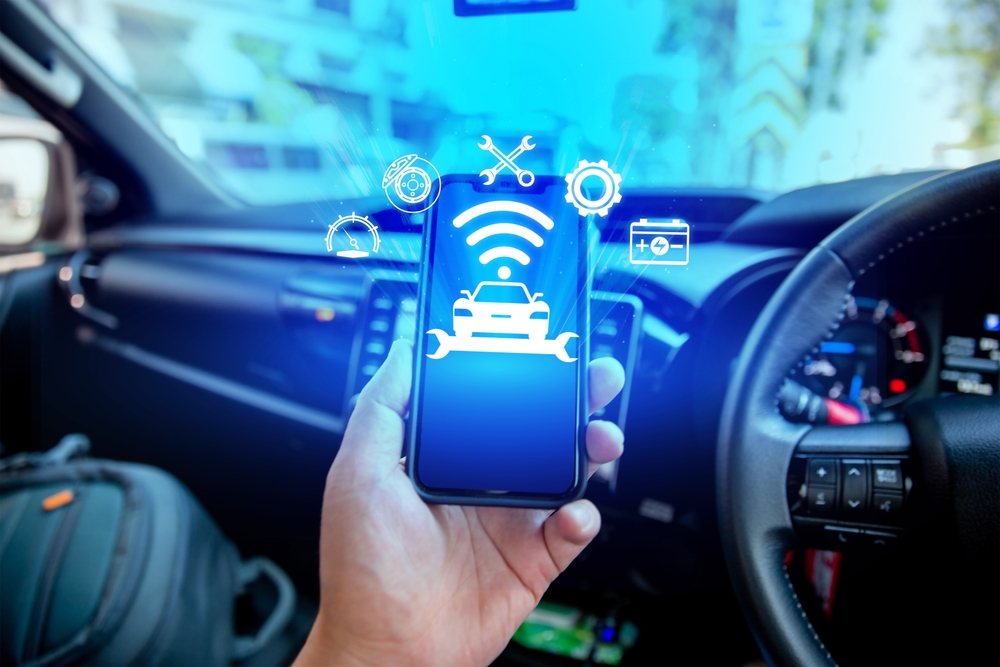
Autonomous vehicles collect vast amounts of data, including information about passengers, their routes, and their behaviors. This data can be at risk of misuse or mishandling, raising concerns about privacy and the potential for unauthorized access or exploitation of personal information.
This article originally appeared in MyCarMakesNoise.
More from MyCarMakesNoise
18 Iconic Race Cars with Strong Investment Potential

Investing in classic race cars is not just about the thrill of ownership; it’s also a smart financial move. Some race cars have stood the test of time, becoming highly sought-after collectibles. Read More
13 Influential Changes in Commercial Truck Design

Commercial truck design has evolved significantly over the years, driven by advancements in technology, materials, and regulations. These changes have enhanced efficiency, safety, and sustainability in the trucking industry. Read More
Ducati`s 16 Most Famous Motorcycles and Their Performance Records

Ducati has a storied history of creating some of the most iconic motorcycles in the world. From groundbreaking designs to unmatched performance on the track, Ducati’s bikes have left an indelible mark on the motorcycle industry. Read More

